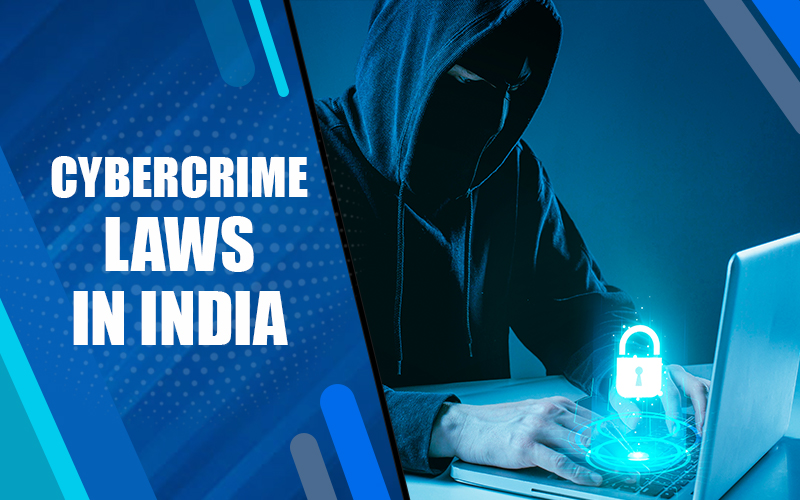The Evolution of Intellectual Property Laws: Key Developments and Case Laws
Intellectual property (IP) laws play a crucial role in protecting the rights of creators and innovators. From ancient origins to contemporary global frame works, the evolution of IP laws reflects changes in technology, society, and legal theory. This article explores the evolution of intellectual property laws, emphasizing significant case laws that have shaped the field. Early Foundations: Antiquity to Renaissance Intellectual property rights have ancient roots, though they were not formalized in the way we understand today. Early examples include protections for playwrights and inventors in ancient Greece and Rome. However, these were limited and often short-lived. The Renaissance era marked the beginning of modern IP laws with the advent of the printing press. The Statute of Monopolies in 1623 in England was pivotal, limiting the Crown’s power to grant monopolies and laying the groundwork for patent protection. This statute, while not directly a case law, influenced later legal principles concerning patents and innovation. The Birth of Modern IP Law: 18th to 19th Century The Statute of Anne in 1710 is considered the first true copyright law. This statute granted authors exclusive rights to their works for a limited time, promoting creativity by ensuring that authors, rather than publishers, could benefit financially from their works. Case Law Highlight: Donaldson v. Beckett (1774) is a landmark case in copyright law. The House of Lords ruled that copyright protection was limited to 14 years, with the possibility of renewal for another 14 years. This decision established that copyright was not perpetual and underscored the balance between creator rights and public access. Expansion and Internationalization: Late 19th to Early 20th Century The late 19th century saw the establishment of international IP frameworks. The Paris Convention for the Protection of Industrial Property (1883) and the Berne Convention for the Protection of Literary and Artistic Works (1886) set standards for international IP protection, ensuring mutual recognition among member countries. Case Law Highlight: Eldred v. Ashcroft (2003) is a significant U.S. case related to copyright duration. The Supreme Court upheld the constitutionality of the Copyright Term Extension Act of 1998, which extended copyright terms by 20 years. The case highlighted the ongoing debate about the balance between extending IP protection and fostering public access to creative works. The Digital Revolution: Late 20th Century to Present The rise of digital technology and the internet has dramatically impacted IP law, necessitating new legal frameworks to address issues such as digital rights management and online infringement. Case Law Highlight: A&M Records, Inc. v. Napster, Inc. (2001) was a landmark case addressing digital copyright infringement. The Ninth Circuit Court ruled against Napster, a peer-to-peer file-sharing service, for facilitating copyright infringement on a massive scale. This case underscored the challenges of enforcing copyright in the digital age and set important precedents for online IP enforcement. Case Law Highlight: Google LLC v. Oracle America, Inc. (2021) is a recent landmark decision by the U.S. Supreme Court concerning software copyright. The Court ruled that Google’s use of Oracle’s Java API in Android was protected under fair use, emphasizing the need to balance IP protection with the promotion of innovation and interoperability in software development. Contemporary Challenges and Future Directions As IP laws continue to evolve, contemporary challenges include addressing the protection of AI-generated works, combating global IP infringement, and ensuring equitable access to creative works. The rise of artificial intelligence and machine learning introduces complex questions about the ownership and protection of AI-generated creations. Case Law Highlight: Thaler v. Hirshfeld (2022) is a notable case addressing the authorship of AI-generated works. The U.S. Patent and Trademark Office (USPTO) ruled that an AI system could not be listed as an inventor on a patent application, a decision reflecting ongoing debates about the nature of authorship and ownership in the context of AI. Conclusion The evolution of intellectual property laws demonstrates a dynamic interplay between legal principles and societal needs. From early statutory protections to contemporary digital and international frameworks, IP laws have continually adapted to address new challenges and opportunities. Significant case laws have played a crucial role in shaping these legal principles, reflecting the ongoing balancing act between protecting creators’ rights and fostering innovation and access. As technology and global dynamics evolve, IP laws will undoubtedly continue to adapt, shaping the future of creativity and invention.



